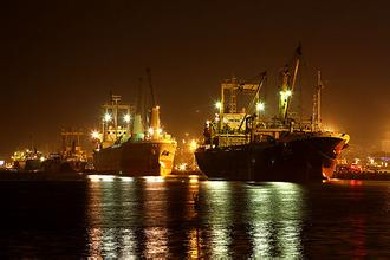"The networks overlap in the Caribbean. That will create the possibility to save money where we had to transport empty containers to where the cargo originated," said CSAV chief financial officer Nicolas Burr.
"This means the empty container repositioning bill will be dramatically reduced at the end of the year," he said, according to Lloyd's List.
Other savings relate to the procurement of port, terminal and intermodal operations and through using a single agency network and one headquarters.
"We have some better contracts in Latin America, and Hapag-Lloyd can basically take advantage of that and they have better contracts in Europe and some are better in Asia and we will take advantage of that," he said.
Mr Burr said CSAV expected to sign a binding agreement with Hapag-Lloyd within the next 40 days, and had set a target date of March 27, pending shareholder approval.
He mentioned other benefits the merger would bring to CSAV, highlighting Hapag Lloyd's IT systems, and said he did not expect the expansion of the G6 Alliance, of which the German carrier is a member, to impact the north-south trades where it concentrates.
Mr Burr said for the rest of the year, markets are expected to be volatile, although supply and demand is expected to rise by five per cent, and oversupply will remain in the market unless there is growth in the idle fleet.
However, he said the creation of the P3 Network, the expansion of the G6 and CKYH Alliances, the co-operation agreement signed by China Shipping and Cosco and the potential merger of Hapag-Lloyd and CSAV were positive signals that "put enormous pressure on other players" to find other ways to consolidate.








